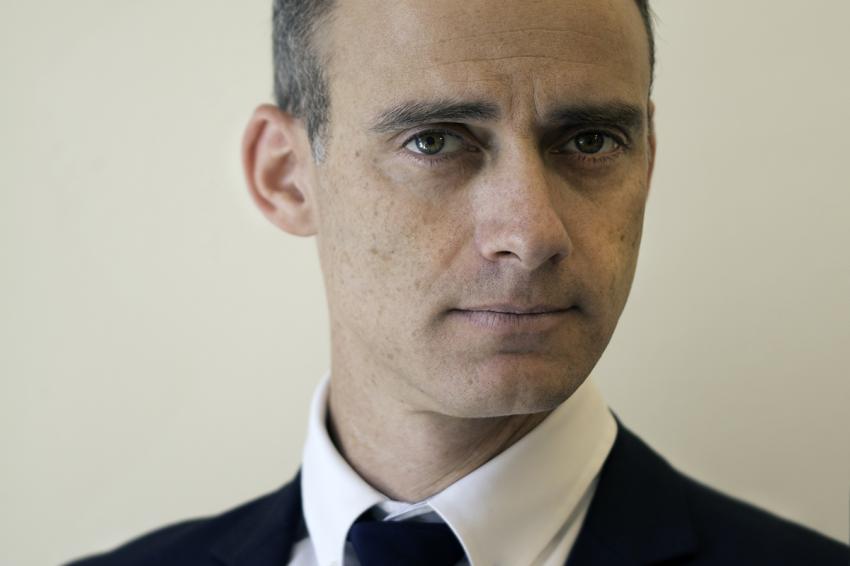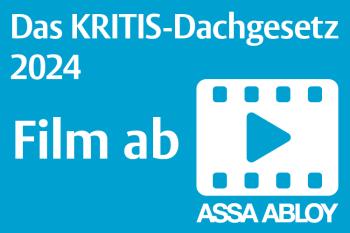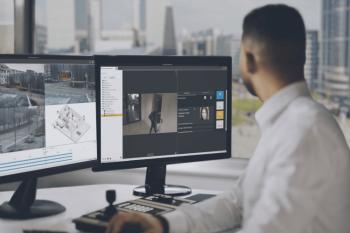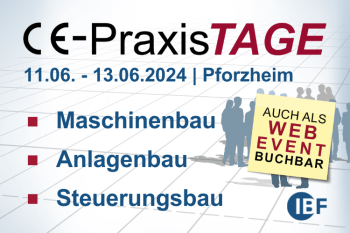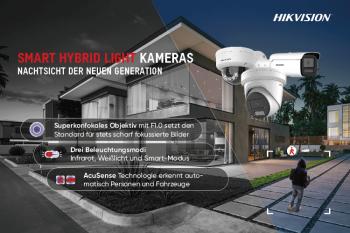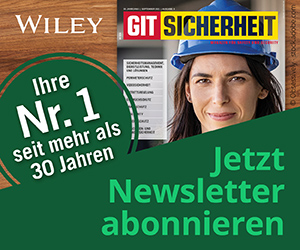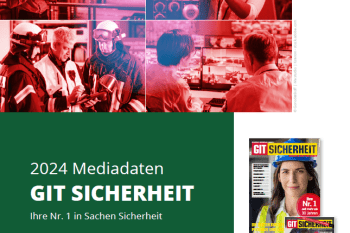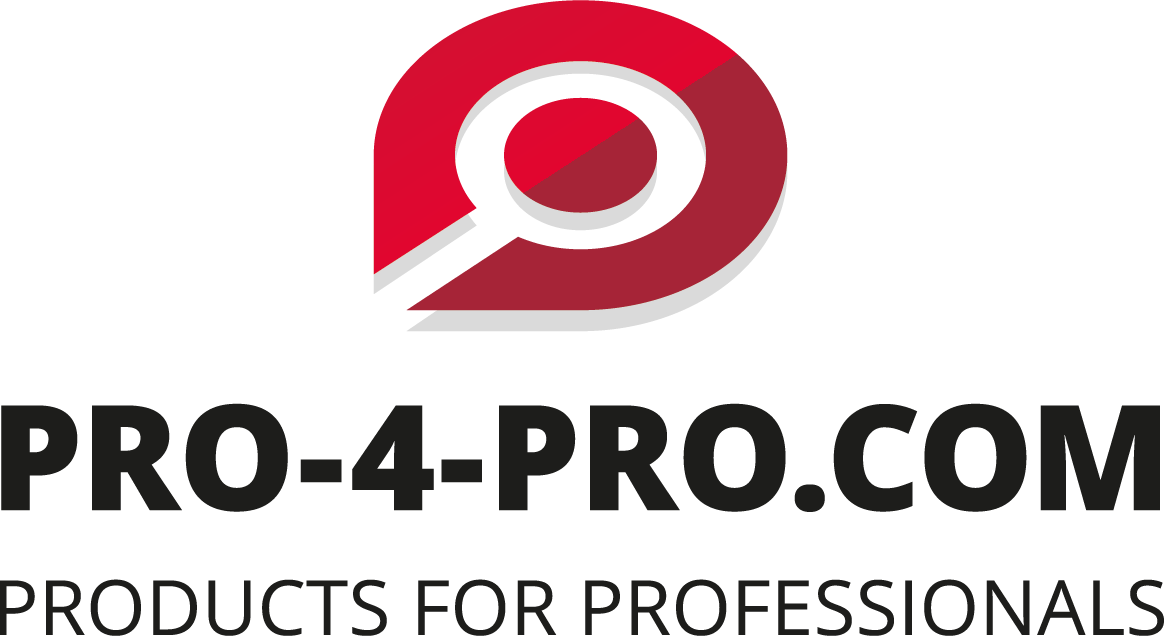Video Analytics Can Play a Role in Helping Businesses to Reopen
Video Surveillance: Back To Business
Governments around the world that are determined to contain or delay the spreading of disease are locking down whole cities or, at the very least, demanding that places where people congregate in large numbers, such as retail stores, restaurants shops, pubs and clubs, stay closed. Uri Guterman, Head of Product and Marketing for Hanwha Techwin Europe, highlights some of the ways in which the latest advances in video surveillance may be able to help businesses safely reopen after the restrictions caused by COVID-19 are eased.
At some point hopefully not too far away in the future, the number of people being tested positive for COVID-19 will begin to reduce and thought will be given as to how many businesses will be able to safely reopen. Inevitably, social distancing rules will have to remain in place and this is likely to mean only a specified number of people will be allowed to be in a controlled area at any one time.
Video Analytics and AI solutions
There are so many environments where complying with this limitation will be a challenge. Pubs and clubs, for example, will be desperate to reopen at the earliest opportunity, but in order to do so, might have to employ additional door staff just to count the number of people who enter and leave. For companies already struggling to survive, the cost of hiring these extra members of staff could be prohibitive.
Fortunately, there is a simple solution readily available which can be quickly deployed and will prove to be far more cost-effective and accurate than employing someone to do the same job. It comes in the form of video surveillance cameras that are supplied preloaded with people counting video analytics. The analytics algorithms are able to provide real-time information on the net number of people on the premises at any particular time as they can simultaneously count both people entering and those leaving the premises. The data can be displayed in an easy to understand format on smartphones, laptops and PCs to provide managers with an early warning that customer numbers are close to the permitted limit.
System integrators will no doubt be able to identify many other social environments where people counting video analytics will help to ensure that social distancing rules are implemented and verified. We do not yet know how these rules will evolve when the immediate crisis is over, but shopping centers, art galleries and museums are just a few more examples of where the solution can be effectively deployed.
Occupancy
Although developed to help retailers gain a greater understanding of customer behavior, video analytics capable of identifying occupancy levels provide a powerful tool to identify if too many people are congregating in specific areas. As an example, AI-Crowd video analytics, developed by Hanwha Techwin’s technology partner A.I Tech, is able to provide an estimation of the number of people present in crowded areas where they might be expected to move slowly or stop. AI-Overcrowd will generate an alert if the occupancy of an area exceeds a specified threshold.
As with people counting analytics, this solution can be quickly deployed and used ‘out-of-the-box’ as it can also run onboard cameras that have open platform chipsets with sufficient processing power. Many cameras will support two-way audio and as such, will enable operators to communicate with visitors that they need to move out of the area.
Intelligent Video Analytics
In addition to these specialist video analytics applications, a large number of IP network cameras from manufacturers such as Hanwha Techwin, include various forms of license-free analytics as standard. The latest generation of Wisenet cameras, for example, are equipped with a suite of Intelligent Video Analytics (IVA), which includes enter/exit direction, tripwire and face detection. Combinations of these various forms of video analytics can be configured to form a cost-effective digital barrier.
AI Filters
With the threat of increased criminal activity, control room operators will need all the help they can get to visually verify any suspicious activity and, if necessary, direct security personnel to deal with any incident. The earlier they can do so, the better, and in this respect a new range of Wisenet cameras equipped with deep learning-based video analytics will shortly be launched. These will ensure that operators are not frustrated by ‘false positive’ alerts which, depending on the environment, might be generated by existing forms of video analytics, as well as the false alarms that are often generated by intruder and perimeter protection sensors.
These cameras will be able to simultaneously detect and classify various object types, including people, vehicles, faces and license plates. Most importantly, they ignore video noise, waving trees, moving clouds and animals, all of which might normally be the cause of false alarms. The AI algorithms built into these new cameras will also provide greater people counting accuracy.
Within the not too distant future, we will see the introduction of AI applications developed by Hanwha Techwin and its technology partners that will enhance video surveillance systems to a level which at this time might not seem possible. Many of the innovations on the horizon will potentially give greater assistance to businesses as they seek to operate in a world where social distancing will remain a very important issue for some time.
Rapidly Deployable Cameras
These advances in video surveillance technology will certainly also provide security personnel with powerful tools to keep one step ahead of criminals. Indeed, the criminal fraternity are unlikely to restrain themselves at this challenging time. They will most likely seek to take advantage of a situation where many business premises will be unoccupied and therefore offer rich pickings to looters and thieves. There is certainly no shortage of high performance cameras available that will allow control room operators to detect any suspicious activity, but the 2 and 5 megapixel models that are part of the Wisenet X Plus series deserve a special mention.
The four-part magnetic modular design of Wisenet X Plus cameras enables them to be installed much more quickly than other cameras of a similar specification. The ability to preconfigure IP network settings without the need to remove the camera modules from their packaging also reduces the time an engineer has to spend on site and/or cause disruption. The cameras’ motorized PTRZ gimbals also enable installers to remotely pan, tilt, rotate and zoom the lens position in order to set the field of view.
A Positive Outlook
Manufacturers such as Hanwha Techwin have been striving to help end-users achieve added value from their video surveillance solutions for some time. COVID-19 has made this even more important. Fortunately, our industry has no shortage of ingenious design and development engineers who will help us rise to the challenge and ensure that we contribute to companies getting back to being ‘open for business’.


